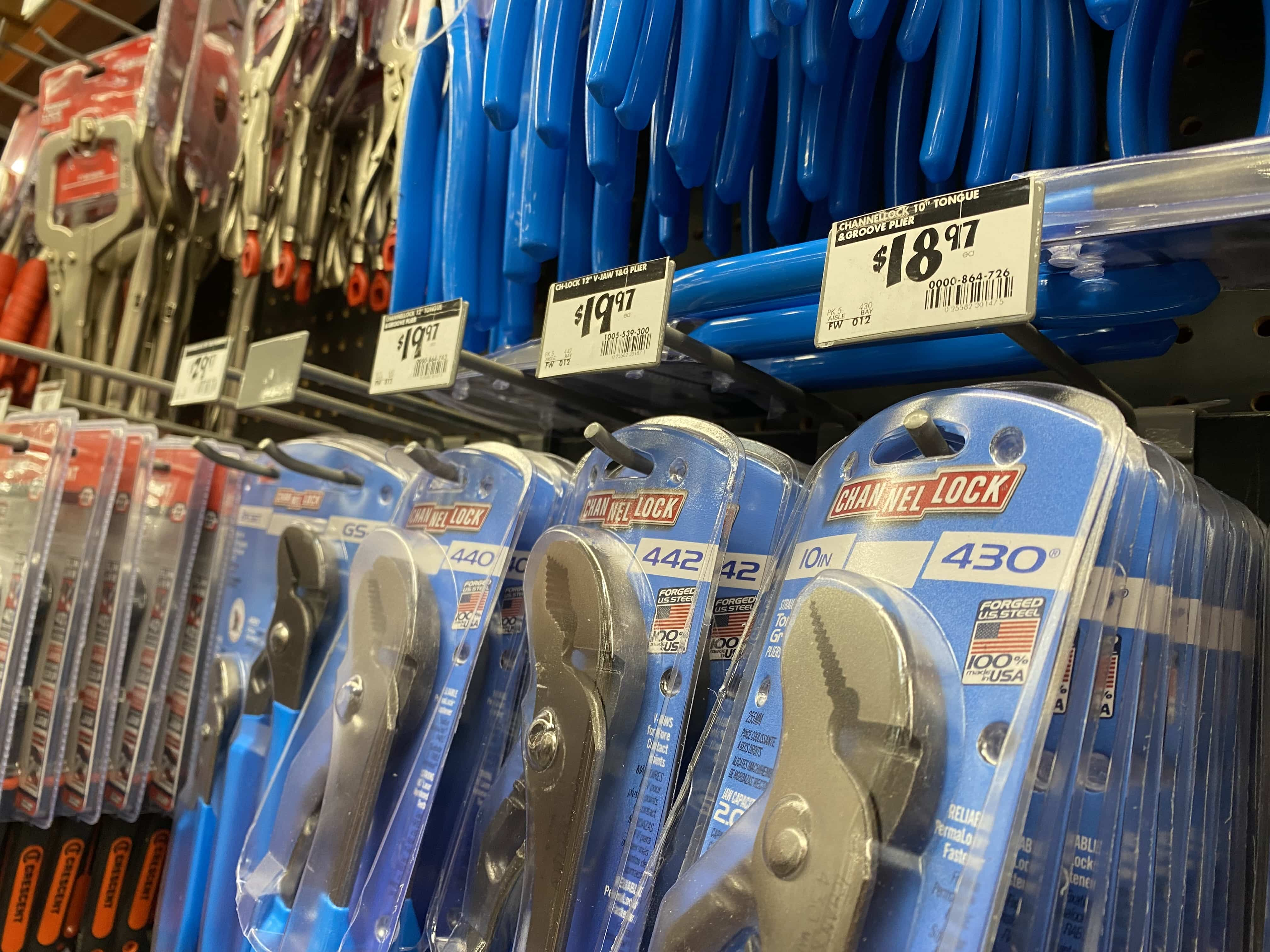Between the rising costs of materials, labor and fuel, manufacturers in virtually every category are feeling the effects of inflation.
Sticker shock at the gas pump has helped brace consumers for price increases at retail, but it has also invited them to take a more critical look at their go-to brands. Higher prices may be necessary to protect your company’s margins, but a poorly-strategized price hike can hurt your profitability.
Here are some tips for keeping pace with the changing retail environment without risking consumers’ loyalty and trust.
Do:
Raise prices incrementally.
Inflation feels like it came on overnight, but shoppers are much less likely to balk when prices rise slowly. This is especially true for expendables and items that are repurchased frequently by the same member of a household.
Data reveals that the majority of consumers blame the current economic and political situation for the rising cost of retail goods, but if a product they purchased the week before has suddenly doubled in price, they are likely to raise an eyebrow. Smaller increases reassure your prime prospect that your brand isn’t attempting to capitalize on the status quo.
Stay mindful of the price reference effect.
Shoppers tend to associate price with quality, especially when they aren’t an expert in your product category. When confronted with a range of options, the Goldilocks effect often takes hold: the cheapest offering within a category is assumed to be of poor quality, and the most expensive is assumed to be a luxury, or professional-quality, item.
As prices increase across your product category, the bulk of consumers will continue to gravitate towards the items in the middle of the price spectrum. To take advantage of this, brands should adjust their line structure to win the middle ground.

Understand the differences between retailers.
Retailers have distinctive goals and attract different consumers – an important consideration in your pricing strategy.
Does your retailer cater to cost-conscious or quality-conscious consumers? Stores that are known for being most competitive on price are frequented by shoppers who are more likely to make the switch to a house brand in the face of sticker shock.
It’s also important to recognize that the starting retail price of your individual SKUs plays a big role in your strategy for increases. Steeper price hikes for very small-ticket items may go unnoticed by casual shoppers who don’t buy in bulk. However, if your products are costly enough that most consumers plan or budget for them, you’ll face additional scrutiny throughout the buyer’s journey.

Be transparent.
Recognize that the majority of consumers are on your side, and avoid any tactics that may risk their trust.
Quietly altering a product’s size, formula or design to save on production costs can frustrate even the most loyal shopper. As prices rise, consumers will place an even greater valuation on quality and customer support. Nurture the consumer-brand relationship, and you’ll face less scrutiny on price.

Don’t:
Lose track of your competitors.
Middle option bias doesn’t just apply to your brand’s line of goods. Remember that consumers are considering your entire category, on display in your retailer’s aisles.
How have competitors approached price increases, and where does that leave your brand in comparison? A winning pricing strategy is responsive. Look for ways to dominate the middle of the line structure, and take a critical look at the competition. Noticing where they are succeeding and failing can offer your brand valuable insights as you prepare to navigate price increases.
Fail to justify your value proposition.
No one wants to pay $12 for a product that cost $9 last month. If you need to raise prices, look for ways to add value back in for the consumer. This may mean offering value packs or bulk discounts, backing your product with a warranty or adding in new features. It could also mean using your messaging to remind brand loyalists that your quality has remained unchanged, even though times are tough.

Skimp on price receptivity research.
Well-founded consumer research takes the guesswork out of pricing strategy. Before you make a maneuver that could endanger your profitability, it’s a good idea to invest in quality data.
Pricing research allows you to predict how consumers will react to your pricing strategy before you implement it. A good consumer research partner will work with you to collect the qualitative and quantitative insights you’ll need to improve your margins without jeopardizing shoppers’ loyalty to your brand.
